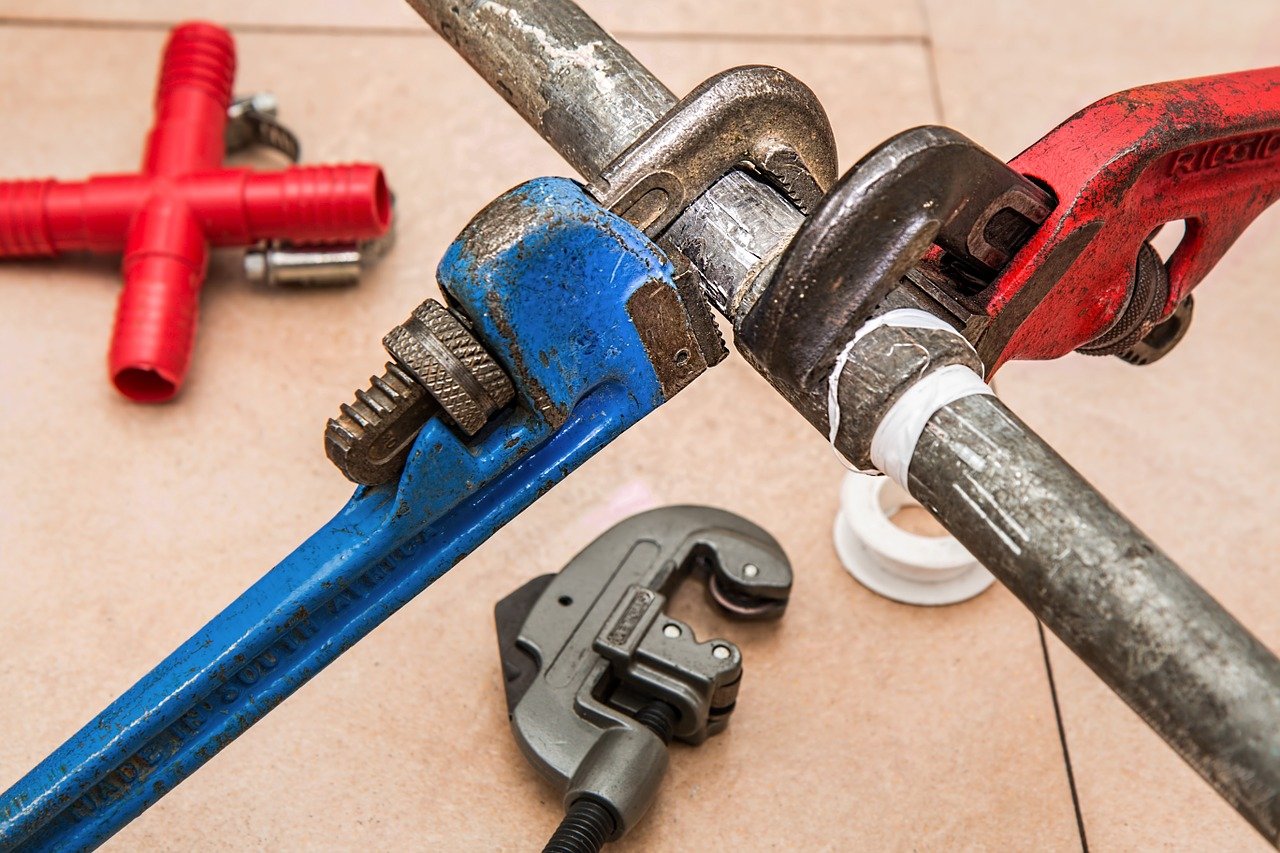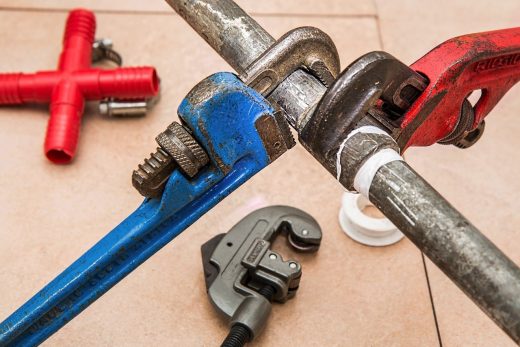Process of Pipe Relining Explained advice, Avoiding Trench Digging Tips, Pipeline Construction Guide
The Process of Pipe Relining Explained
May 26, 2021
Pipe relining or cured-in-place pipelining is a technique through which one can replace their pipelines sans the additional costs of digging up and replacing existing pipelines. The infrastructure of one’s piping is a highly dreaded part of their home. But even worse is the nightmare to replace pipes. Relax, there is an easy way out, and it is none other than pipe relining services.
Process of Pipe Relining Explained Help Guide
Basics of Pipe Relining
This method attempts to repair one’s pipes by curing the same inside with a special resin that cures with time to form a strong pipe.
Here the key to cure the pipe is resin. A felt tube that is resin-saturated made of an ideal material; usually the expert will put the polyester or fiberglass to the damaged pipes. The resin will then get hardened and form another pipe in the damaged pipe. Here the insertion will take place from the access point that is upstream. Insertion from the downstream access point will be possible, yet it is risky, thus should be avoided.
Step by Step Process
Pipe relining is trenchless technology as minimal to no digging is included in the process. It makes relining a less intensive and more cost-effective method over the conventional dig and replace repair methods. Below is the step by step process of pipe relining services,
- The pipe is checked and inspected for examining the damage. Traditionally the process involves using closed-circuit cameras. However, now FELL equipment is utilized for closely examining the damage for designing better solutions.
- Secondly, the step will include cleaning the blocked pipes that have multiple steps. The cleaning involves using standard methods to remove any large or solid blockages and typically involves Robotic cutters. Finally, experts use high-pressure water jets for finishing cleaning and ensuring a solid surface on pipe walls for resins to set correctly.
- A final check is conducted to ensure that the pipes are ready to be relined with closed-circuit cameras.
- Next, the lining length is determined from the pipes length and the amount of damage caused to them.
- After the determination of the pipe length, the pipe will be saturated using epoxy resin. It means experts will fill the whole length of the pipe using resin that will turn into the pipe after the process. It is easy to handle the broad and straight sections of the pipe are easy to handle than T-sections and tricky joints in this phase.
- Next comes the curing process, the longest in the whole process. It can be performed by manually letting the lining cures yet usually using hot water to accelerate the process. UV radiation finally is used for taking the cured lining into total hardness.
- Before the completion of the process, every inspection pit and the junction is cut. It uses robotic cutters for removing junctions, but inspection pits can also involve using surface level cutters or grinders.
- Finally, the relining process comes to an end. You need to perform checks to ensure that their pipes are functioning well after the service provider completes the last check.
For best results, make the most of professional services such as Sydney Pipe Relining services.
Comments on this Process of Pipe Relining explained advice article are welcome.
Pipes
Pipes Posts
The Importance Of Pipe Relining
Using TracPipe to Improve Your Gas Safety
What Are the Main Types of Pipelines
Best Pipe For Your Home Water Supply
Building Articles
Residential Architecture
Comments / photos for the Process of Pipe Relining explained guide – technique to replace pipelines without digging up existing ones page welcome






